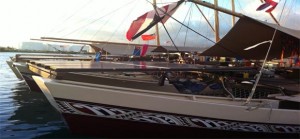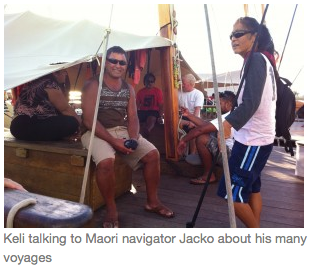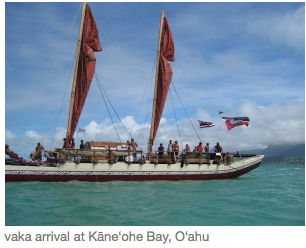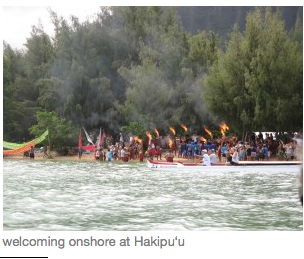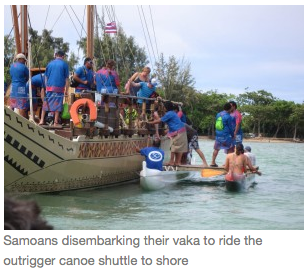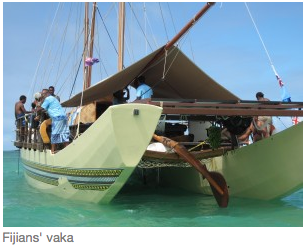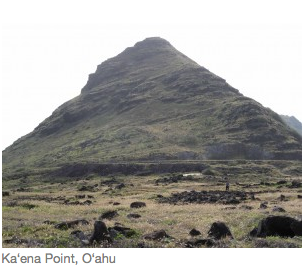Outrigger canoe paddling – a microcosm of life
I said in an earlier blog that I started this website because I wanted to make commentary on actions and decisions that take place in the community (mostly by politicians, of course).
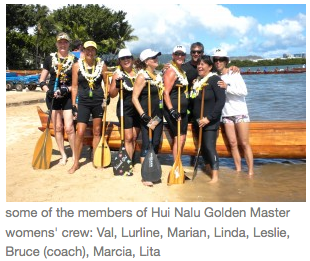 Then I chickened out as I would not want to say something that could come back and haunt me. Even if I don’t name names, the likelihood of people knowing whom I am talking about is higher than if I lived in a larger community and so I therefore choose not to insult anyone as people tend to take things more personally in a small community. They also have long memories.
Then I chickened out as I would not want to say something that could come back and haunt me. Even if I don’t name names, the likelihood of people knowing whom I am talking about is higher than if I lived in a larger community and so I therefore choose not to insult anyone as people tend to take things more personally in a small community. They also have long memories.
Paddling is no different. I would love to give examples about how paddling mirrors life – the highs, lows, dysfunctions, personal agendas, etc. But then I don’t want to lose my seat in the canoe if someone thinks I may be talking about her (or him), takes it personally, and blabs to the coach that I have a “bad attitude”.
Having said all that, last weekend at the Hawai’i Canoe Racing Association state championship canoe races on Maui, my crew got disqualified for moving into the next lane and interfering with another canoe. There was a certain irony to this and thinking about it inspires me to at least make some general observations about the world of outrigger canoe paddling.
A crew consists of the six people in the outrigger canoe as well as those waiting on shore for their turn to paddle. One must leave their ego, whatever baggage they may be carrying from the day, whatever they may think about other people in the canoe, etc. on the shore before setting out, otherwise the canoe will not move forward. In my experience I have discovered this to be very true. One can – and should – do everything one needs to do to prepare for canoe practice, which includes aerobic and weight training and even visualizing the technique that the coach wants everyone to follow. In the canoe one must stay focused and always do one’s best. Beyond that, there is nothing one can do about the coach’s decisions or anyone else in the canoe other than hope that everyone shares the same goals and motivation. All outrigger canoe clubs have their own issues (more familiarly known as ‘paddletiks’) and in the end, it’s best to ignore everything beyond your control and just paddle.
Does that sound like life?




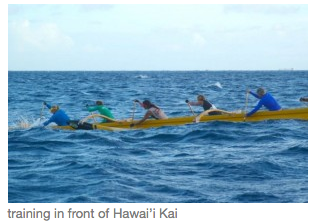 I can’t remember the last time I paddled during the long distance season – maybe 2000? I paddled pre-season races this year but those races are only 6-8 miles. The first real race of the long distance season for women is the Dad Center race, which is 25 miles. The season culminates at the end of September with the 41 mile crossing of the Ka’iwi Channel between Moloka’i and O’ahu. With these kinds of distances, it’s a huge commitment to paddle, from a rigorous training schedule to everything else that goes along with racing, including loading and rigging canoes the day before the race to the expense of entry fees, escort boats and inter-island travel. For the first time since I last paddled the Ka’iwi Channel we had a masters crew, and without committing to the entire season, I decided to do the Dad Center race this year, which to me is the best race of them all. The course from Kailua Bay to the Outrigger Canoe Club on Waikiki Beach is challenging, there is spectacular scenery along the rugged side of the O’ahu coastline and it finishes at the Outrigger, where hot showers and an excellent lunch are served, not to mention the cool pareaus they gave out this year instead of t-shirts!
I can’t remember the last time I paddled during the long distance season – maybe 2000? I paddled pre-season races this year but those races are only 6-8 miles. The first real race of the long distance season for women is the Dad Center race, which is 25 miles. The season culminates at the end of September with the 41 mile crossing of the Ka’iwi Channel between Moloka’i and O’ahu. With these kinds of distances, it’s a huge commitment to paddle, from a rigorous training schedule to everything else that goes along with racing, including loading and rigging canoes the day before the race to the expense of entry fees, escort boats and inter-island travel. For the first time since I last paddled the Ka’iwi Channel we had a masters crew, and without committing to the entire season, I decided to do the Dad Center race this year, which to me is the best race of them all. The course from Kailua Bay to the Outrigger Canoe Club on Waikiki Beach is challenging, there is spectacular scenery along the rugged side of the O’ahu coastline and it finishes at the Outrigger, where hot showers and an excellent lunch are served, not to mention the cool pareaus they gave out this year instead of t-shirts!